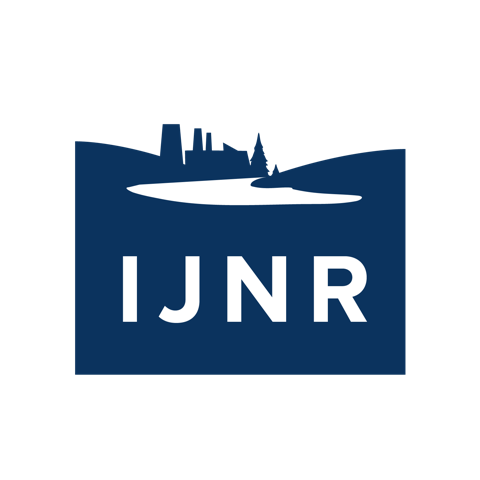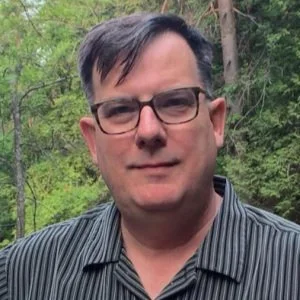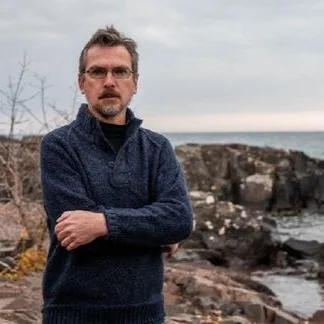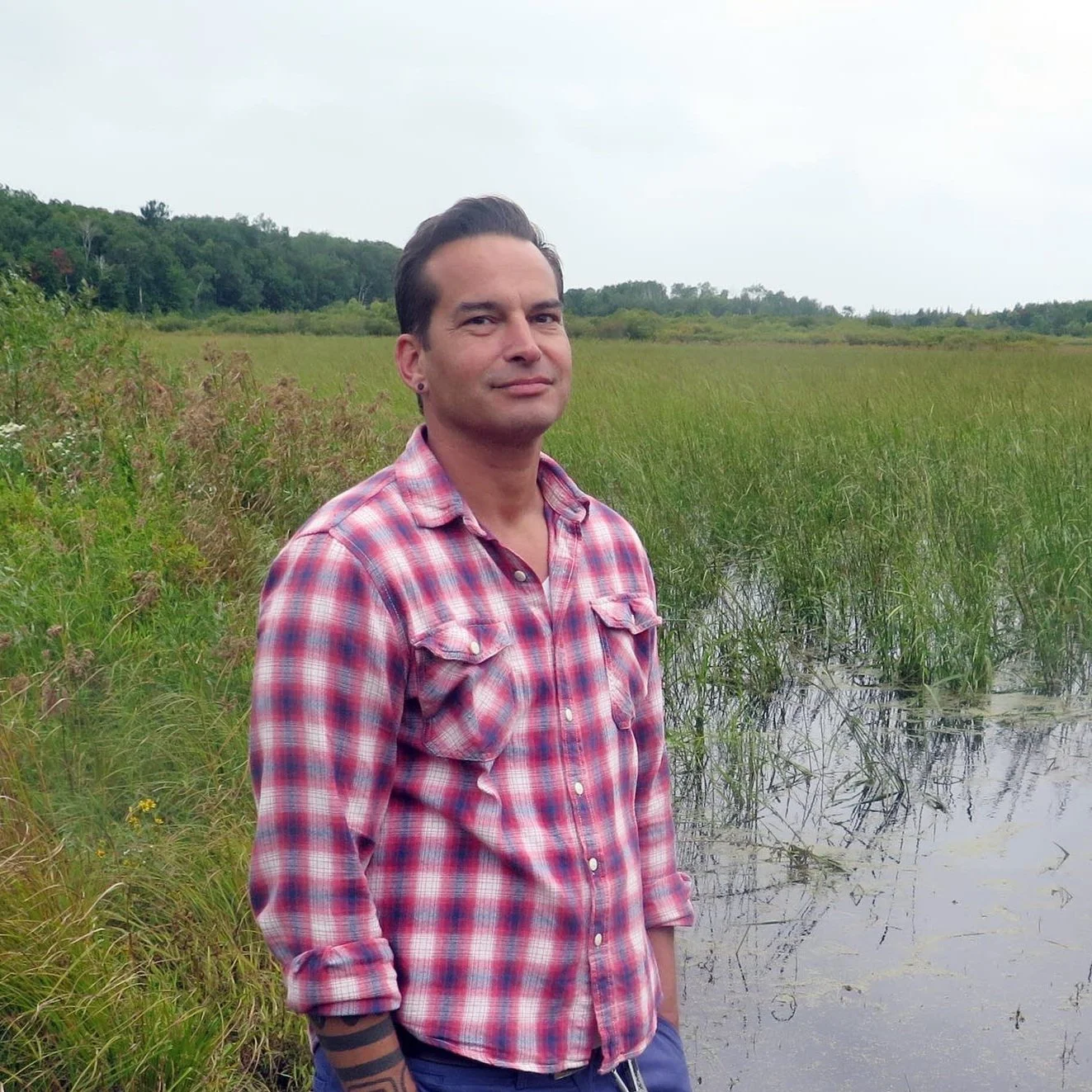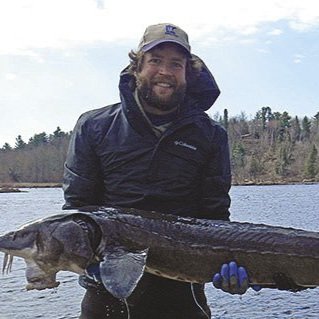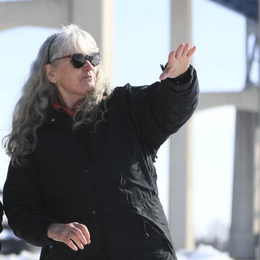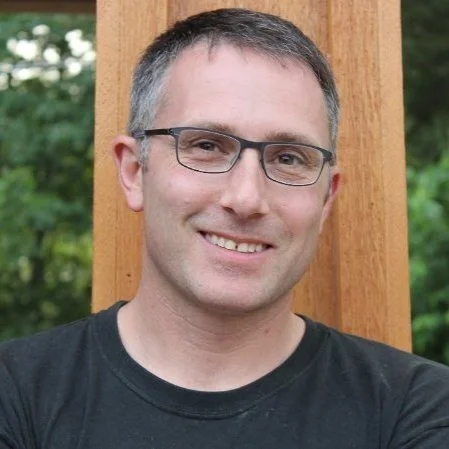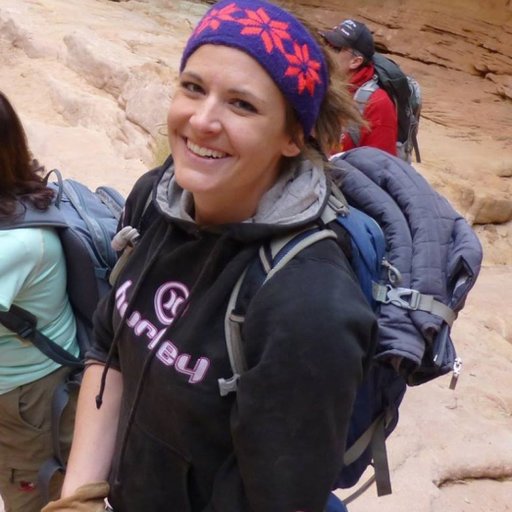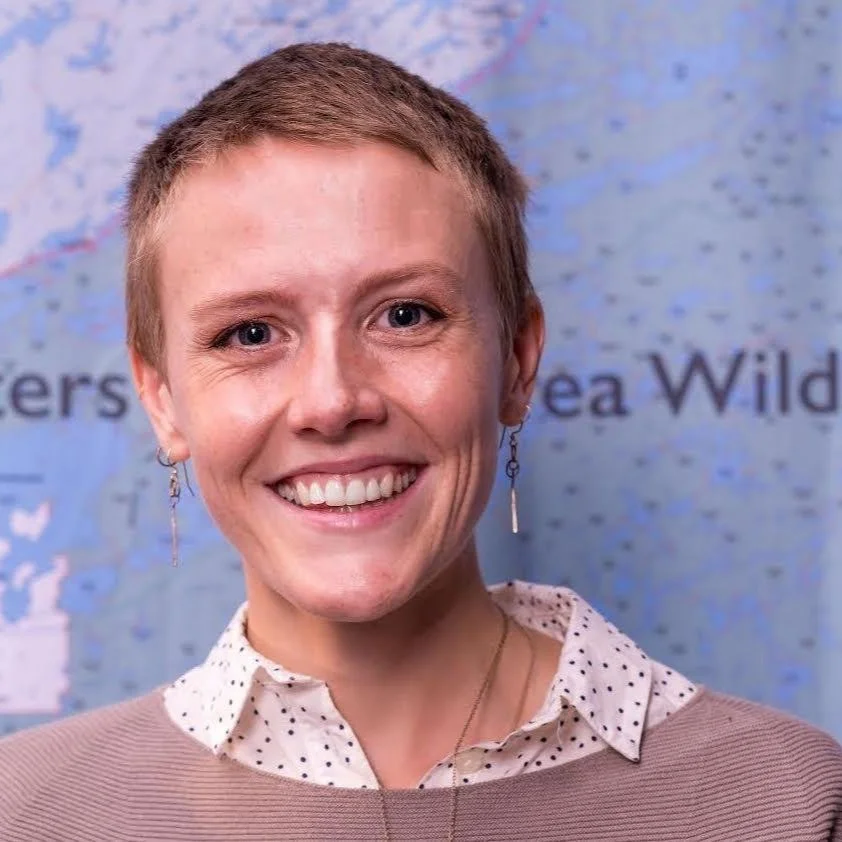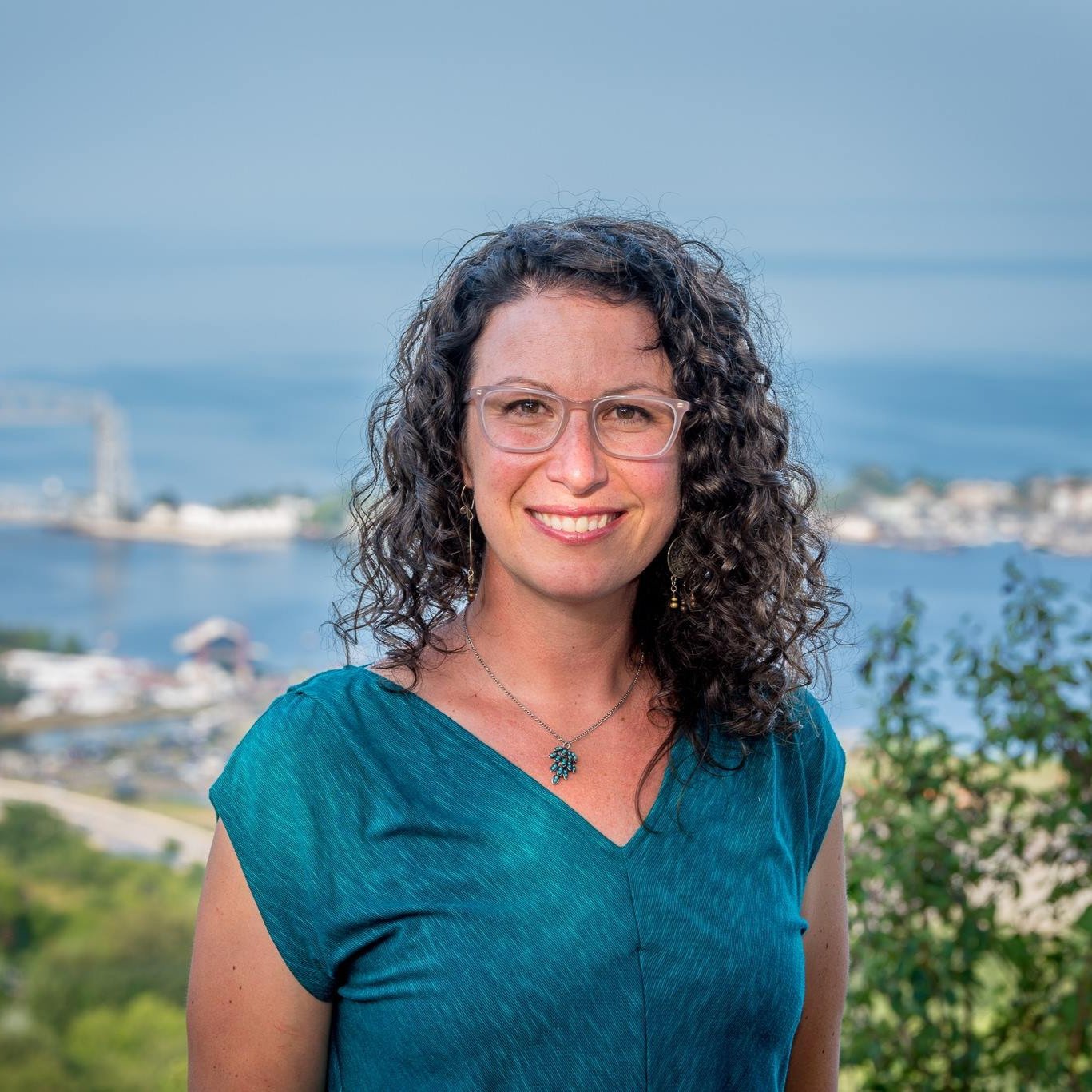Lake Superior
Institute
Itinerary
Sunday, June 11
6 - 9 p.m. - Lake Superior 101: Current Conditions and Emerging Concerns in the World's Most Rapidly Warming Lake
Lake Superior is aptly named, with a list of superlatives attached to its immense expanse. It is, by surface area, the largest lake on Earth and ranks third in terms of volume, which still is enough space to contain 10 percent of all the available surface freshwater on the planet. It is also one of the most rapidly warming lakes in the world and undergoing some dramatic changes as our climate shifts. We will spend an evening at the Great Lakes Aquarium, hear from some of the area’s leading scientists and learn more about this amazing body of water. From shrinking winter ice cover and increasingly extreme precipitation events, to unprecedented algae blooms and a shifting fishery, we’ll get a crash course on the lake for the week to come.
Robert “Bob” Sterner
Director, Large Lakes Observatory, University of Minnesota-Duluth
Jay Austin
Professor of Physics and Astronomy, Large Lakes Observatory, University of Minnesota-Duluth
Cory Goldsworthy
Lake Superior Fisheries Supervisor, Minnesota Department of Natural Resources
Monday, June 12
St. Louis River (Duluth)
8:00 - 9:45 a.m. - Ceded Lands and Waters: Minnesota Tribes and Treaty Rights
In 1848, surveyors found a vein of copper in the Arrowhead region of northeast Minnesota. In response, the European settlers colonizing the region began to organize various interests to prospect for other deposits. As towns were incorporated, new residents of the territory that was not yet Minnesota pushed for the federal government to negotiate a treaty with the Ojibwe people who called the area home. The 1854 treaty created the Grand Portage, Bois Forte and Fond du Lac reservations, moving Indigenous communities off a landscape coveted by miners and loggers. However, the Ojibwe maintained their rights to “hunt, fish and gather” in the 5.5 million acres of newly ceded land. We will hear from the 1854 Treaty Authority, which helps the Tribes exercise these rights, and discuss what historic treaty rights mean for modern stewardship of these lands and waters.
Sonny Myers
Executive Director, 1854 Treaty Authority
Marne Kaeske
Cultural Preservation Specialist, 1854 Treaty Authority
Darren Vogt
Director, Resource Management Division, 1854 Treaty Authority
10:00 a.m. - 12:15 p.m. - Return on Investment: Decades of Restoration Work on the St. Louis River Are Paying Off in Big Fish and Wild Rice
The St. Louis River runs nearly 200 miles, draining most of the Arrowhead region of northeast Minnesota and emptying into Lake Superior through a rare freshwater estuary between the cities of Duluth and Superior, Wisconsin. Like most of the Great Lakes’ main tributaries, the St. Louis River was heavily impacted by industry in the decades before the Clean Water Act and other modern environmental laws came into play. Municipal wastewater, steel and paper mills and other heavy industry dramatically degraded the entire ecosystem, leading to its designation as one of the 31 U.S.-based Areas of Concern across the Great Lakes created under the 1987 Great Lakes Water Quality Agreement. That led to decades of restoration work and, thanks to the Great Lakes Restoration Initiative, the money and capacity to begin revitalizing the system. We’ll get out on the water with representatives from the Minnesota DNR, the Fond du Lac Band of Lake Superior Chippewa, the 1854 Treaty Authority and others to see projects that have successfully mitigated legacy pollution, restored wild rice beds and brought spawning sturgeon back to the river.
Thomas Howes
Program Manager, Natrual Resources Department, Fond du Lac Band of Lake Superior Chippewa
Nick Bogyo
Fisheries Biologist, 1854 Treaty Authority
Melissa Sjolund
Lake Superior & St. Louis River Program Supervisor, Minnesota Department of Natural Resources
David Grandmaison
St. Louis River Wild Rice & Habitat Restoration Program Coordinator, Wisconsin Department of Natural Resources
Jeramy Pinkerton
Fisheries Specialist, Minnesota Department of Natural Resources
Barb Huberty
St. Louis River Area of Concern Coordinator, Minnesota Pollution Control Agency
1:30 - 3:30 p.m. - Forever Chemical Forensics: Tracking Emerging Contaminants in the Lake Superior Watershed
As officials worked to rid the St. Louis River of the chemicals of the Industrial Revolution, emerging contaminants like microplastics, pharmaceuticals and especially PFAS have become the new chemicals of concern. PFAS, known as forever chemicals, are notoriously indestructible and mobile in the environment, turning up in everything from drinking water, plants and animals to the very precipitation that falls from the sky. We will talk with folks from the Minnesota Department of Natural Resources and the Minnesota Pollution Control Agency about their efforts to monitor for PFAS and, wherever possible, mitigate potential exposure risks. We’ll also learn about the latest in PFAS detection in waterfowl and wildlife and the unexpected ability of fish to “shed” the chemical and clean up their act in non-PFAS polluted waters.
Summer Streets
Environmental Research Scientist, Minnesota Pollution Control Agency
Jesse Martus
Coordinator, Lake Superior Lakewide Action Management Plan, Minnesota Pollution Control Agency
Kelsie LaSharr
Wildlife Biologist, Minnesota Department of Natural Resources
Overnight in Silver Bay, Minn.
Tuesday, June 13
Finland, Minn.
8:00 - 11:30 a.m. - Riparian Resilience: Planting Future Forests and Preseving Future Fishes
As scientists get better at predicting what northern Minnesota’s future climate will look like, the projections are grim for cold-water fish like brook trout, and trees that prefer cool weather like paper birch and balsam fir. While local forest and fisheries managers can’t do much about climate change, they can try to prepare this landscape for its warmer future by planting species of trees predicted to fare better in the decades to come, and by breaking down manmade barriers that keep cold-water stream habitat off limits to fish. We will spend the morning with the Minnesota DNR and The Nature Conservancy as we get out in the woods and see some truly progressive conservation work focused on building resilience into these ecosystems – work that won’t pay off for a generation or two.
Dean Paron
Supervisor, Finland Fisheries Area, Minnesota Department of Natural Resources
Hannah Friesen-Holmes
Forest Resilience Partnership Coordinator, The Nature Conservancy - Minnesota
Chris Dunham
Forest Manager, The Nature Conservancy - Minnesota
1:00 - 4:00 p.m. - A Critical Question (Part 1): Will Domestic Mining for 'Critical Minerals' Fuel the U.S. Energy Transition?
The U.S. and Canada have both set ambitious future emissions and renewable energy targets that will come due in the next couple decades. Both have also pledged to move away from problematic foreign supply chains that are currently the major source of the materials needed to manufacture “the green revolution.” Here in northern Minnesota, the Duluth Complex is a gigantic untapped source of some of the materials needed to make electric batteries and other equipment that will help create the next generation of energy. PolyMet Mining Corp. hopes its proposed open-pit copper and nickel mine could take advantage of the Complex’s riches and one day feed those minerals into the renewable energy pipeline. The problem is that sulfide mining operations have a bad track record when it comes to rivers and groundwater. PolyMet’s proposed NorthMet project remains mired in legal challenges over its water-quality permit, including from the Fond du Lac Band of Lake Superior Chippewa, who, as we heard yesterday, aren’t big fans of such an operation in the headwaters of the St. Louis River. We’ll tour the proposed facility and hear from the folks at PolyMet about how they plan to move forward with the project and safely extract the minerals needed to help the U.S. pivot to electric vehicles and renewable energies.
Christie Kearney
Social, Environmental and Regulatory Affairs (SERA) Director, NewRange Copper Nickel
Colin Marsh
Government and Public Affairs Director, NewRange Copper Nickel
Rep. Dave Lislegard
District 07B, Minnesota House of Representatives
Steve Giorgi
Director, Range Association of Municipalities and Schools
Overnight in Babbitt, Minn.
Wednesday, June 14
Ely, Minn.
8:30 a.m. - 10:30 a.m. - A Critical Question (Part 2): Will the Mining Moratorium Put Concerns to Bed in the Boundary Waters?
Only 20 miles up the road, near Ely, Minnesota, the fate of another proposed copper nickel mine appears to be sealed. Taking the matter out of the hands of state regulatory agencies and courts, Interior Secretary Deb Haaland signed an executive order in January that placed a 20-year moratorium on mining 225,000 acres of federal land just upstream from the Boundary Waters Canoe Area Wilderness. The decision came after a study on potential impacts to the area’s waterways conducted by the Bureau of Land Management and U.S. Forest Service concluded that the proposed project posed a sizable risk to water quality. We will spend time here on the outskirts of the Boundary Waters and visit the proposed Twin Metals mine site, as we hear from local environmental non-profits, business owners and U.S. Forest Service officials about the decision. We will also get out on the water for a short paddle with a local outfitter to talk about the importance of keeping the waters here pristine for the quarter of a million people who visit the Boundary Waters each year.
Ingrid Lyons
Executive Director, Save the Boundary Waters
Libby London
Communications Director, Save the Boundary Waters
10:30 a.m. - 2:00 p.m. - Visit to potential mine site and paddle.
2:30 p.m. Telling Environment Stories Better: Reporting in Indigenous Communities
Let’s face it: Coverage of Indigenous nations and communities by legacy media hasn’t been great, and in many cases has caused actual harm. Decades of biased, negative and overgeneralized reporting have left many Indigenous people distrustful of journalists and frequently unwilling to cooperate as sources. Recent developments in natural resource management have provided an opportunity for Indigenous people to have a greater voice in policy making – and opened the door for journalists to do a better job of reporting in and about Indigenous communities with greater care. We’ll find a pretty spot along Lake Superior to get off the bus and talk about some of the things IJNR has learned about doing this work the right way.
Overnight in Grand Portage, Minn.
Thursday, June 15
Grand Portage, Minn.
9:15 - 10:30 a.m. - Grand Portage National Monument: Sharing History - And Management - on the Shores of Lake Superior
Grand Portage National Monument marks a historically important location on the shores of Lake Superior. Here, the Grand Portage Anishinaabe people and the fur traders of the North West Company – the Hudson Bay Company’s biggest rival – set up a joint venture that brought international trade to the mouth of the Pigeon River in the 1700s to take advantage of what the Anishinaabe called Gichi Onigaming, or the Great Carrying Place. Between 1731 and the early 1800s, thousands of men carried tons of furs and other goods over the 8.5-mile portage that connected western waterways and wilderness to markets on the American East Coast and even Europe. We will stop in at Grand Portage National Monument to learn not only about the history of this place and how ideas, cultures and technologies were exchanged during the heyday of the portage, but also about the current co-management of the monument – this one a modern joint venture between the Grand Portage Band and the National Park Service.
Anna Deschampe
Chief of Interpretation, Grand Portage National Monument
Sarah Deschampe
Grand Portage National Monument
10:30 a.m. - 2:00 p.m. - Moose, Herring and Maybe Even Bison? The Grand Portage Tribe Builds Capacity to Steward Their Land (and Waters)
The Grand Portage Band’s Trust Lands Agency was created in 1930 to preserve and protect the natural resources and environment of the Grand Portage Indian Reservation and the surrounding 1854 Ceded Territory for the benefit of Tribal people seven generations into the future. And, in this particular place on Earth, that mission keeps the Tribe’s small staff extremely busy. The Tribe is currently conducting cutting-edge research and ambitious conservation projects for wildlife such as moose and fisheries such as lake herring and, we may hear, are even considering the potential of returning bison to the land. We will meet with the Trust Lands Administrator and other leaders to learn about this work and both the benefits and challenges of stewarding these lands and waters as a sovereign nation.
Vallen Cook
Trustlands Administrator, Grand Portage Band of Lake Superior Chippewa
Overnight in Superior, Wisc.
Friday, June 16
Wisconsin Point
8:15 - 10:30 a.m. - Waterfowl, Water Quality and Watershed Restoration on Wisconsin Point
Wisconsin Point, a spit of land that forms a bay between Lake Superior and the St. Louis River estuary, was once a village site of the Fond du Lac Band of Ojibwe, one of the first sites they settled on their westward migration. In the early 1900s the Fond du Lac were forcibly removed from the peninsula and nearby burial grounds bulldozed. One indignity after another was then heaped on the area as the rapid expansion of the Duluth and Superior ports and development of heavy industries resulted in the loss of habitat and degradation of water quality. But, like the St. Louis River, much progress has been made in restoring Wisconsin Point to a more functioning ecosystem. We will spend a final morning on the shores of Lake Superior with folks from the Lake Superior Estuarine Research Reserve and Wisconsin Department of Natural Resources to learn about restoration of sand dunes, coastal forest, shoreline wetlands, and other types of wildlife habitat. And we’ll hear how some species, like the endangered piping plover, are taking advantage of their work.
Deanna Erickson
Director, Lake Superior Estuarine Research Reserve
Erin Burkett
Outreach Specialist, Lake Superior Estuarine Research Reserve; Coordinator, Lake Superior Collaborative
Institute Adjourns.
